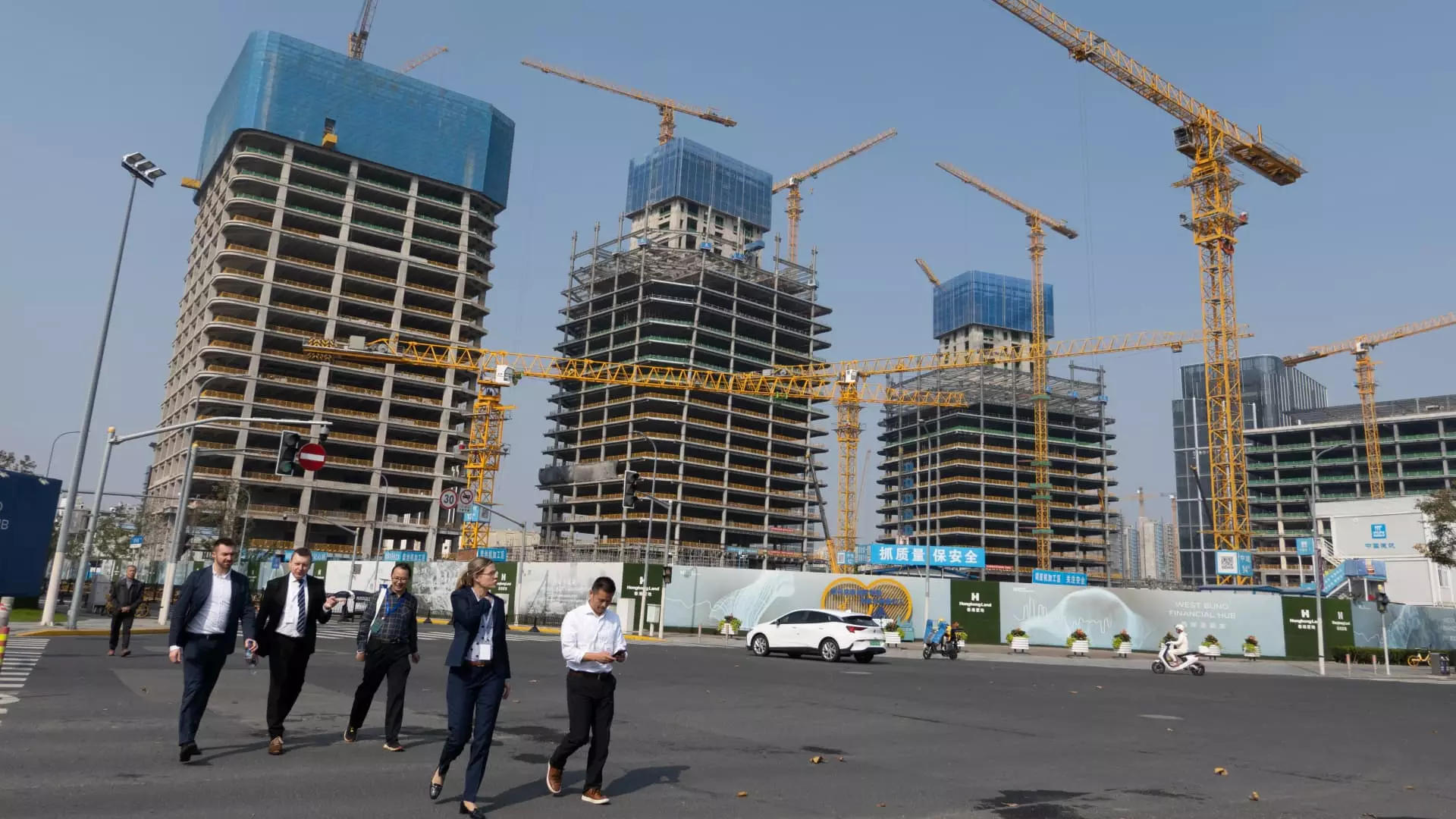In a remarkable turn of events, China is gearing up to announce additional economic stimulus measures following the conclusion of its National People’s Congress (NPC). As the meeting unfolds, expectations are mounting for decisive actions that would signal the government’s intent to bolster the economy, which has faced mounting pressures. Recent trends indicate a proactive approach by Chinese authorities to stimulate the economy, particularly following a five-day legislative session that concluded with a renewed focus on fiscal and monetary support.
The backdrop to this anticipated stimulus is a turbulent economic environment characterized by a significant downturn in the real estate market. With President Xi Jinping at the forefront, recent discussions have highlighted the need to rejuvenate fiscal policies. Key measures have included interest rate cuts initiated by the People’s Bank of China, aimed at invigorating economic activity amidst concerns over declining growth rates. However, these monetary strategies alone may not suffice, necessitating a comprehensive fiscal response that relies on the NPC’s approval.
Government Debt and Infrastructure Investments
Central to the government’s strategy is the challenge of managing local government debt. The NPC serves as a crucial platform where significant budgetary decisions are made, including adjustments to the national deficit ceiling. Analysts now predict an increase in the deficit limit, which could rise from 3% to 3.8%, thereby enabling greater flexibility in public spending. The looming question remains whether Beijing will take bold steps and approve substantial debt increases for infrastructure projects or other immediate needs.
A primary focus of the discussions within the NPC has been to address what is referred to as “hidden debt.” Estimates suggest that local governments may have accrued between 50 trillion to 60 trillion yuan ($7 trillion to $8.4 trillion) in such unreported liabilities. A projected increase in local government borrowing capacity of around 10 trillion yuan could alleviate some of these financial pressures, ultimately allowing for redirected funds towards essential services and economic recovery measures.
The geopolitical landscape, particularly in relation to U.S. policies, remains a pertinent factor influencing China’s stimulus plans. The recent U.S. presidential election, resulting in Donald Trump’s victory, has raised concerns about potential tariffs on Chinese goods, compelling the Chinese government to adopt swift remedial actions to stabilize its economy. Analysts express cautious optimism regarding the scale of fiscal support, yet there is apprehension that Beijing may favour conservative approaches rather than providing direct consumer support.
As the NPC concludes, it is evident that the Chinese government grapples with the dual challenge of revitalizing its economy while managing existing debts. The anticipated economic stimulus, marked by increased fiscal expenditures, presents both opportunities and uncertainties. With a critical eye on global market dynamics, particularly regarding U.S.-China relations, the true effectiveness of these measures will depend on how swiftly and strategically they are implemented. The coming weeks will reveal whether these policy adjustments will rekindle growth or perpetuate the existing economic malaise.

